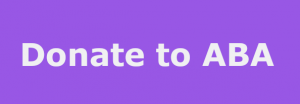Toolara/Tuan Brumbies
Toolara/Tuan State Forest View Toolara/Tuan Brumby gallery Managed by: Queensland Parks & Wildlife Service (QPWS) https://parks.des.qld.gov.au/parks/tuan/about Current Brumby plan: Passive trapping to remove Brumbies close to main highways & rehome. Inhabited area for: From early 1940s (Zabek 2015 PhD Thesis) Population size 2020: 2,500 Current position: Passive trapping to remove Brumbies close to main highways & rehome. Culling methods: Passive trapping & rehome. Stakeholder Groups: SEQ Brumby Assoc. (SEQBA)Plus others ABA lobby position: Identify a sustainable number for the area and manage to that level by fertility control where possible and continue trapping Brumbies living to close to the main highways and at high risk of collision with vehicles. Continue reading





